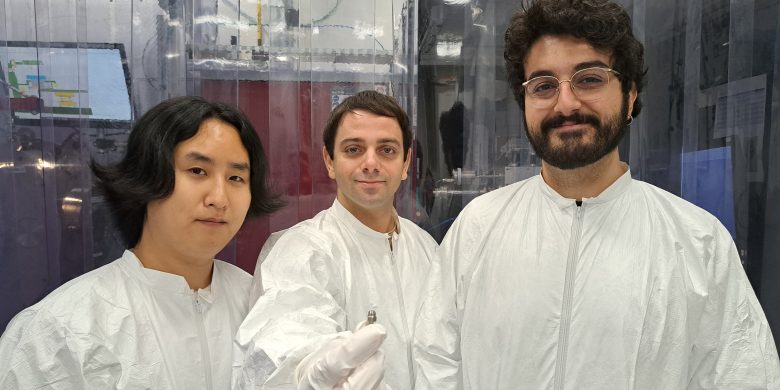
Group leader: Dr. Bart Weber
Contact Dynamics
How does friction occur at different scales, what effect does the interface roughness have, how and why does friction vary over time and location, and how can we influence it to improve high-precision positioning? These questions define the focus of the Contact Dynamics group.
The Contact Dynamics group researches fundamental aspects of friction and wear with a relevance to positioning challenges in nanolithography. In ASML lithography machines, silicon wafers are loaded onto the wafer stage and subsequently moved in horizontal direction with extremely high precision and acceleration. Variations in the friction between the wafer and the wafer stage lead to unpredictable positional errors during the lithography process and effectively limit the minimum achievable size of features on the chips.
Wear and friction are usually interrelated: higher friction often leads to increased wear of materials. In turn, the generation and migration of wear particles influence the friction forces. The group studies both phenomena and their mutual dependencies using a unique bespoke confocal tribometer setup that combines visualisation of contacts between rough surfaces with simultaneous friction measurements. This is complemented by state of the art facilities for surface analysis and tribological experiments under different atmospheres and conditions. Combining these techniques enables the group to gain insights that are useful for any application where friction needs to be controlled and high precision motion needs to be achieved.
The Contact Dynamics group closely collaborates with, amongst others, the Nanophotochemistry group at ARCNL and the Soft Matter Group at the University of Amsterdam.








